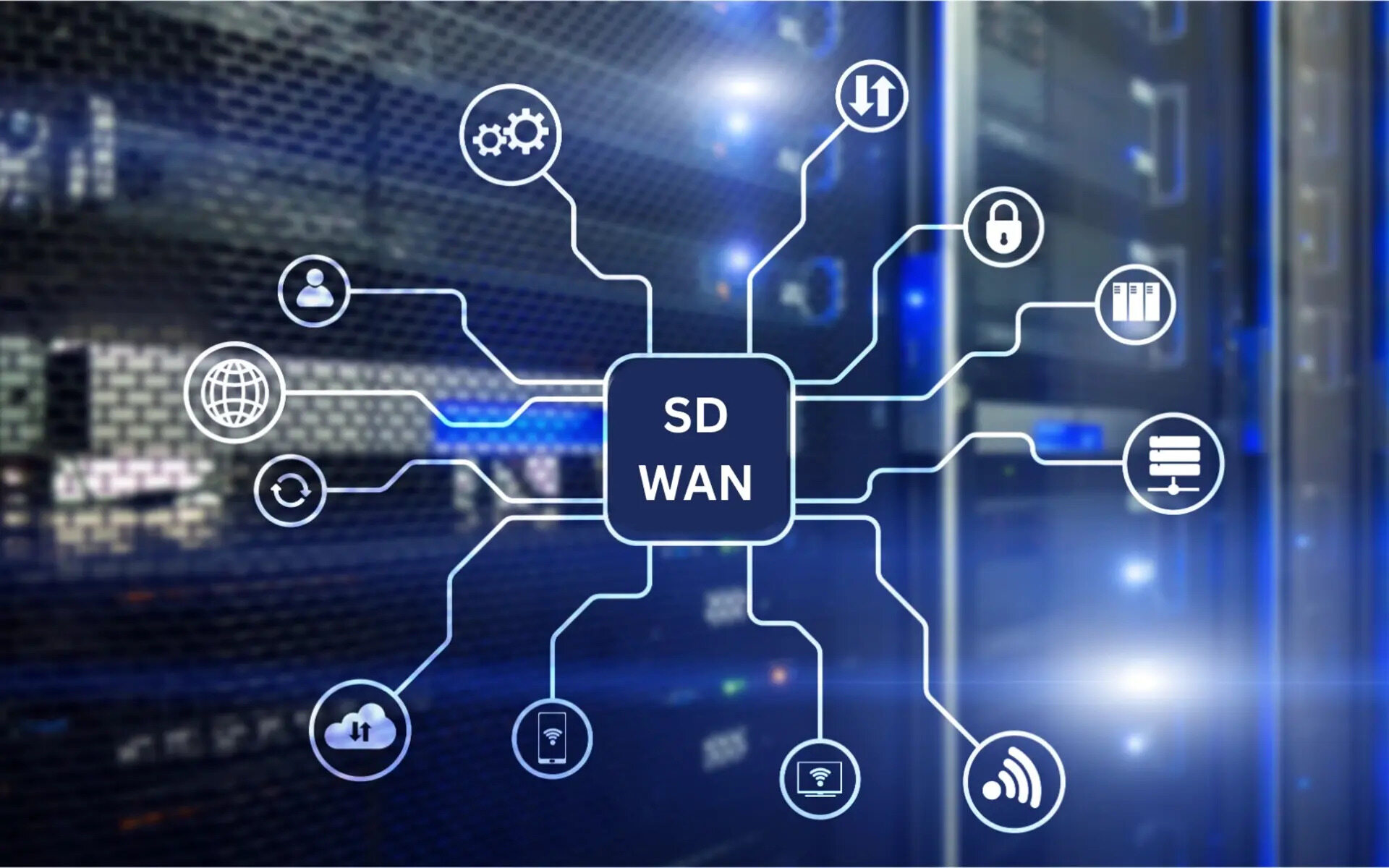If the hype and some reports are to be believed, SD-WAN is somewhat “old”, and is being superseded by secure service edge (SSE) in an ultimate transition to the next generation of network security in the form of secure access service edge (SASE). As the song says, don’t believe the hype.
In response to rapid data traffic growth, a growing reliance on cloud-based applications and the shift to distributed workforces, and as enterprises experience increasing network complexity and risk, SD-WAN is continuing to see rapid cross-industry growth and technology enhancements, such as the integration of artificial intelligence (AI) and automation.
Fundamentally, SD-WAN is, and will continue to be, a foundation for the enterprise networking and security stack. It is a key component in the convergence with advanced security championed by the SASE framework, which integrates managed cloud-based security into a complete network security offering.
Migration from legacy networks
The growing global adoption of cloud computing has been a boon to SD-WAN, which even before March 2020 was seeing an uptick in demand as more enterprises looked to speed up connectivity and improve network resiliency, facets which have only become more important. Fast forward to 2024, and among the key drivers behind global SD-WAN investments are the need to optimise network connections to cloud-based applications and improve overall security posture. And SD-WAN has not stood still at all in the years since the pandemic.
Research by managed network and security services provider GTT Communications in May 2024, the results of which are presented in its Unlocking the potential – understanding managed SD-WAN adoption report, highlights the strategic importance of SD-WAN in enhancing connectivity to cloud services and ensuring access to critical resources supporting productivity and operational agility, while bolstering cyber security measures against ever-evolving threats.
Optimisation and security
The GTT research reveals that current SD-WAN deployments are mainly being driven by the need to optimise network connections to cloud-based applications (86%) and improve overall security posture (81%). Just under three-quarters (73%) of organisations are finding network complexity increasing and, as things get more distributed, the network becoming more critical to the business environment that has to connect up all of the enterprise’s cloud locations.
Organizational awareness and readiness in the area of security are also reflected by the research data, with all of the IT, operations and networking security decision-makers surveyed in the US and Europe, at companies driving over $100m in annual revenue, reporting that they plan to integrate security when deploying SD-WAN either as a multiple supplier, best-in-class choice, or single stack/single supplier offering.
“As organisations become more digital, distributed and data-driven, managed SD-WAN continues to provide the foundation for the flexibility, security and efficiency needed to address their use cases and deliver the right business outcomes,” notes Tom Major, senior vice-president of product management at GTT, commenting on the findings. “Rapid innovation and security convergence through frameworks like SASE are driving shorter cycles for solution reviews and upgrades.”
Looking at the future direction of SD-WAN, the conversation, inevitably, sees a return to the abbreviations and the alphabet soup. Namely, in enterprise networking, MPLS is “out”, while SSE and SD-WAN are part of the road to SASE systems, with more firms eliminating all on-prem datacentres and cloud adoption steaming ahead.
How do SASE, SDWAN and SSE interoperate? This video offers a discussion on how to develop a network and cybersecurity strategy by incorporating the 3.
For FREE help designing a customized SDWAN strategy for your organization, simply tell us what you’re trying to accomplish at Request A FREE Consultation and we’ll make it happen. It really is that easy.


